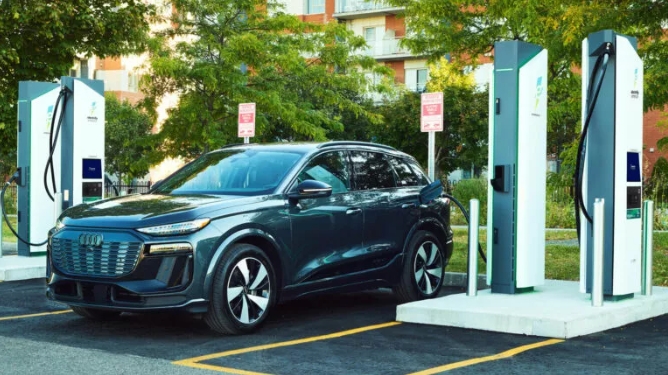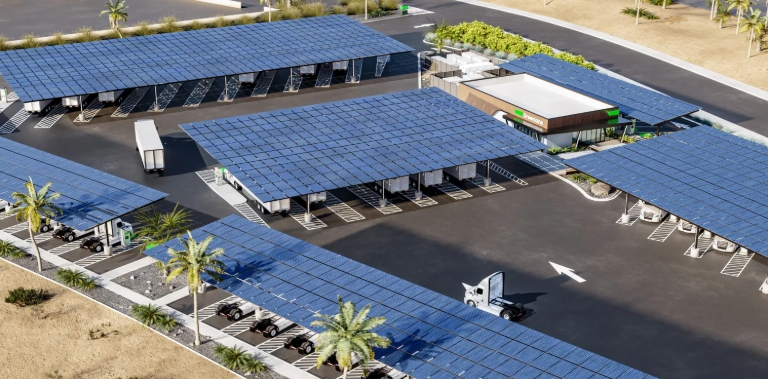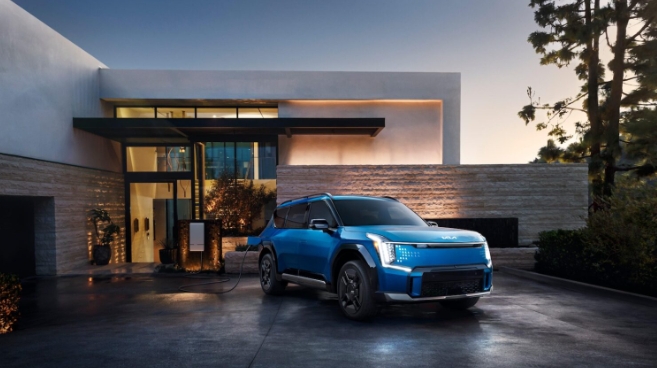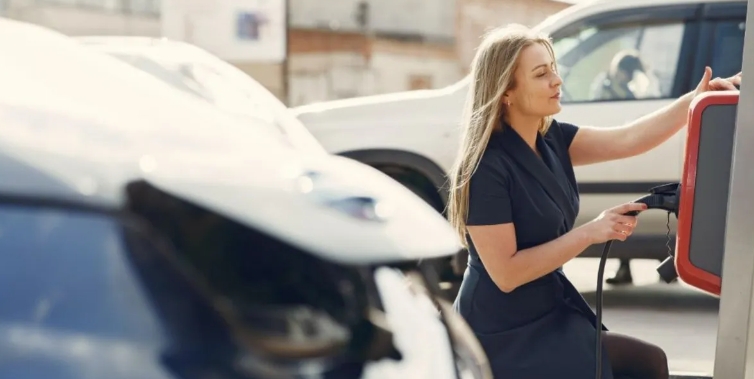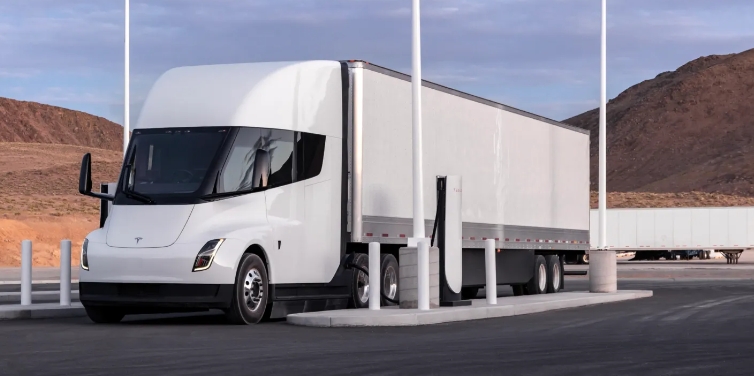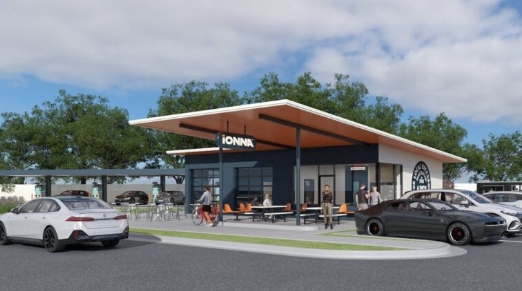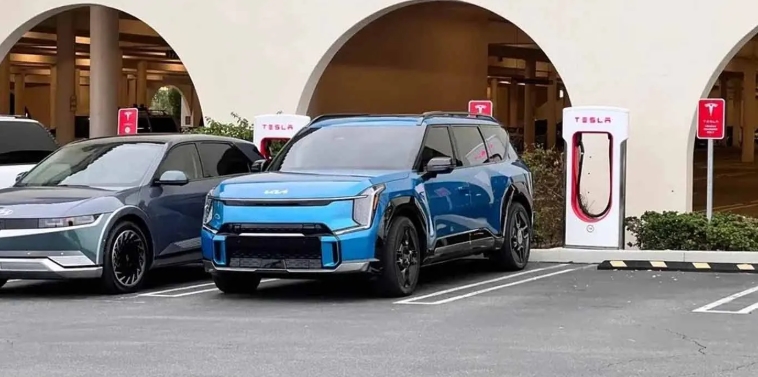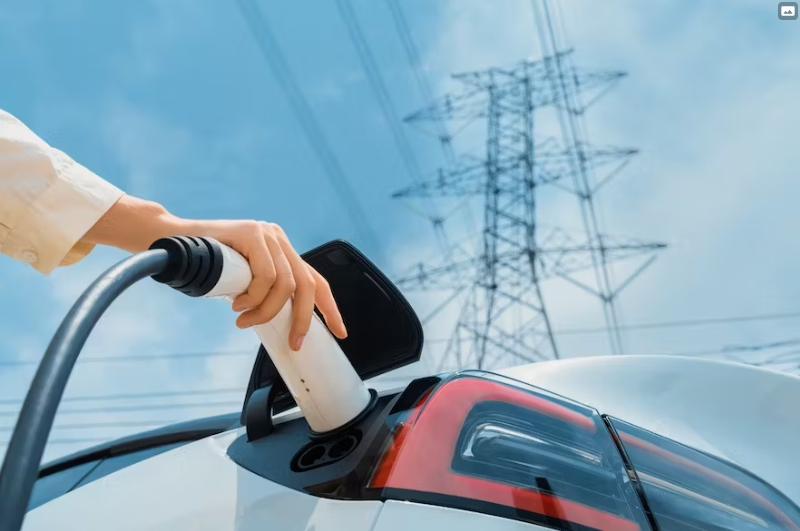
The California Energy Commission (CEC) has recommended awarding more than $208 million in grant funding to the top applicants to its Responsive, Easy Charging Products With Dynamic Signals (REDWDS) program.
The funding opportunity, which was announced in March 2023 and is administered by the CEC’s Clean Transportation Program, aims to accelerate the development of easy-to-use electric vehicle (EV) charging solutions that allow customers to respond to dynamic grid signals and minimize charging and discharging costs.
The funds will be released in two phases, with up to $9 million available in phase one and up to an additional $300 million for phase two work. Funds over and above the $208 million announced may be added at a later date.
According to the CEC’s notice of proposed awards, phase two funding is not guaranteed and will be distributed on a first-come, first-served basis to projects that meet specific phase one performance metrics.
Dcbel receives $52 million
At more than $52 million, the largest total REDWDS grant (inclusive of both phase one and phase two funds) was awarded to dcbel, an EV charging technology company based out of Montreal, Canada.
Dcbel’s end-to-end solution includes a home energy station (HES), which is a UL-certified residential bidirectional direct current EV charger.
The company also offers a grid-edge computing platform called Orchestrate and Chorus, a cloud-based real-time IoT management platform that automates residential energy production, storage and export.
“The grant funding will be used to get our technology into low income homes,” said John Sarter, West Coast operations and relationships lead for dcbel.
Dcbel will partner with University of California Davis, Lawrence Berkeley National Laboratory, Southern California Edison, Sonoma Clean Power and Grid Alternatives on the project.
Reduce charging costs, improve resilience
Customers can use the dcbel app to subscribe easily and safely to energy programs provided by utilities, energy service providers, microgrids and virtual power plant operators. The same app also enables customers to participate in available vehicle-to-grid (V2G) incentives.
A recent demonstration project in New York City showed that it’s possible for EV drivers to earn income with vehicle-to-grid programs.
The HES can also serve as a solar and stationary battery inverter, so linking solar panels and a home battery to the system provides additional resilience, cost savings and revenue opportunities to customers.
"Our all-in-one solution is ready to change the way homes interact with the grid and, crucially, allows people to make use of their EV's energy for backup power and to discharge their EV battery to provide grid flexibility services," said Dan Fletcher, chief business development officer for dcbel.
Other funds awarded
The remaining funds awarded by the REDWDS program will be used to develop V2G and vehicle-to-X (V2X) charging and discharging technologies. V2X, or vehicle to everything, includes technologies that transfer energy from EV batteries to a variety of end users, including the grid, homes or other types of buildings. Winners include a residential V2X demonstration project, a grid-connected rate-optimized EV telematics solution, and a rural electrification and charging technology program, among others.
